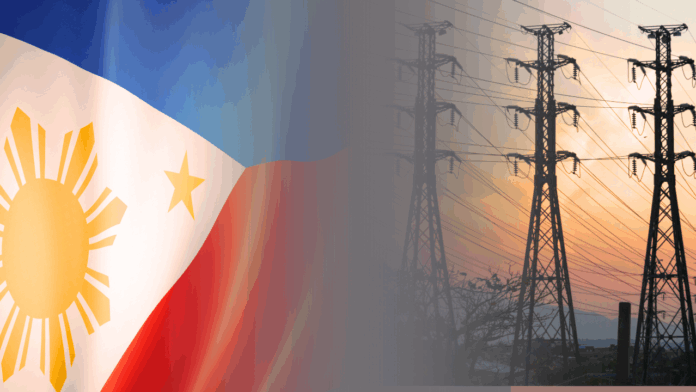The energy sector in the Philippines has been fragmented, privatized, and sold off since the Electric Power Industry Reform Act (EPIRA) came into play in 2001. Since then, a multitude of players have entered both the generation and distribution sides of the sector.
But one name has remained consistently present.
Founded in 2009 through Republic Act No. 9511, the National Grid Corporation of the Philippines (NGCP) was granted a franchise to operate, maintain, and expand the country’s high-voltage transmission network. The NGCP took the responsibility of operating, maintaining, and developing the national transmission grid and dispatching power from TransCo, alongside a 25-year concession contract and a 50-year franchise.
But while NGCP runs the system, the government still owns the assets themselves through TransCo.
NGCP is a private entity composed of Synergy Grid and Development Philippines, with key figures such as Henry Sy Jr. and Robert Coyiuto Jr., who hold the majority Filipino ownership at 60%. The State Grid Corporation of China (SGCC) holds a 40% stake and is represented by Chinese officials, including board chairman Zhu Guangchao.
Therein lies the concern for many: the presence of the State Grid Corporation of China in controlling such important infrastructure. We may recall that senators and lawmakers raised the alarm on this, especially given the increasing tensions between the Philippines and China over the West Philippine Sea.
Allegations that there could be an “off-switch” suggesting partial control of such critical infrastructure by a foreign entity. This prompted concerns serious enough to merit special hearings in both the House of Representatives and the Senate. NGCP maintains that while there is foreign investment, control remains with Filipinos.
The most recent development is that, earlier this year, the Maharlika Investment Corporation (MIC), the manager of the Philippines’ sovereign wealth fund, moved to acquire a 20 percent stake.
As Malacañang puts it, “Once the acquisition is completed, we shall be entitled to two out of nine seats in the SGP board, after the total seats are increased from seven to nine. At NGCP, the government gains representation through two out of 15 board seats, following an increase in the total seats from 10 to 15.”
This move gives the state more control of NGCP.



